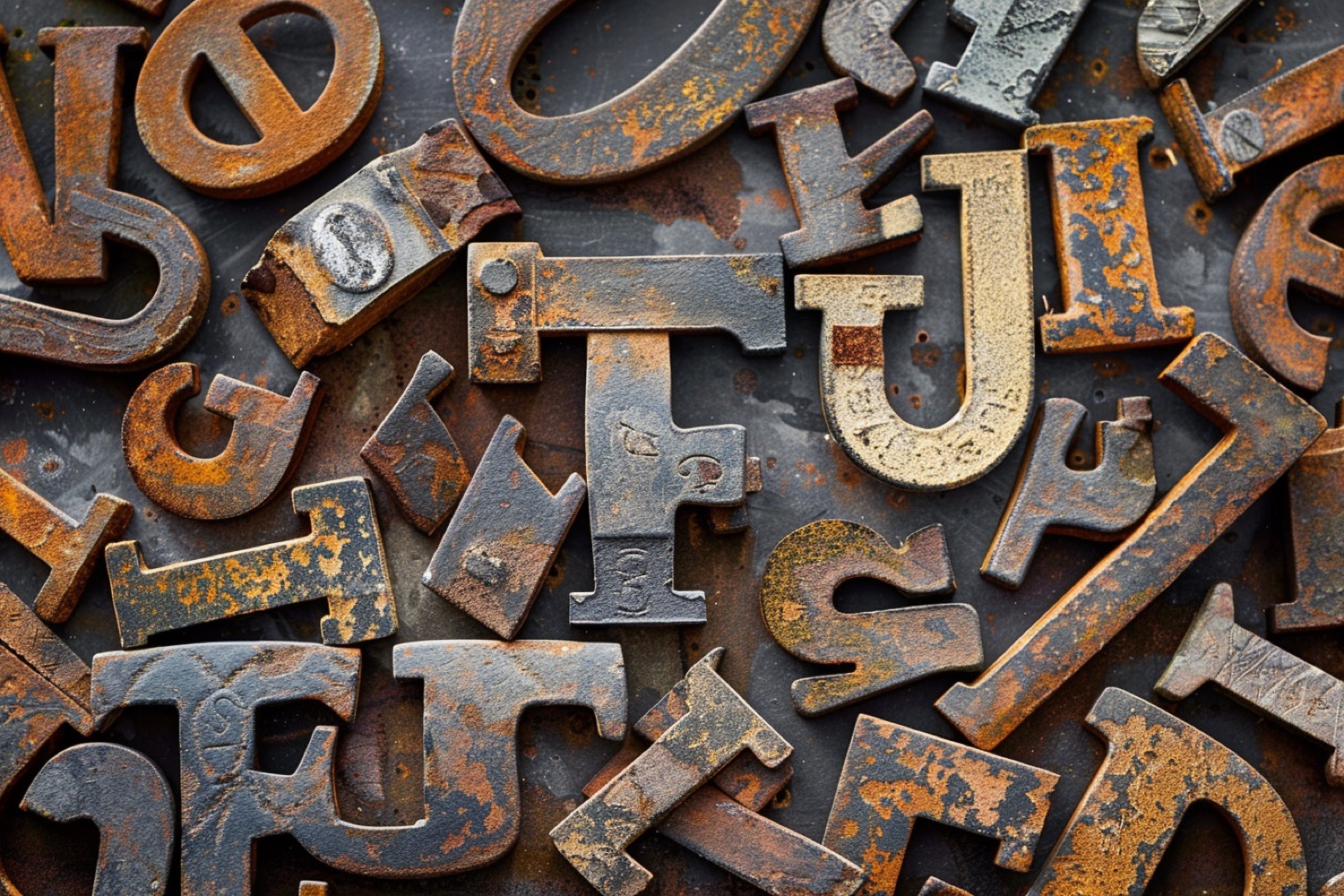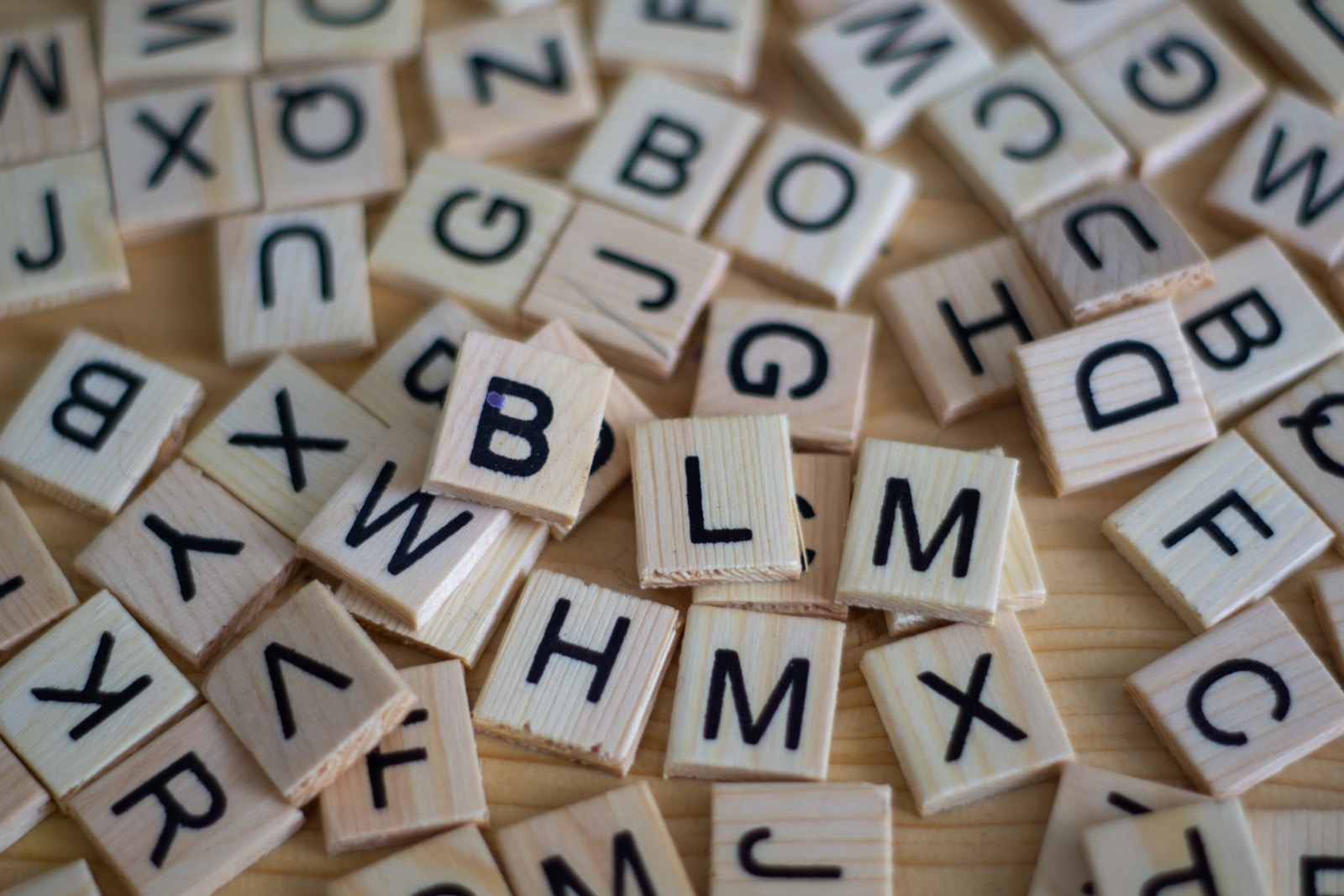おはようございます。KANOです。今回はこちらの記事から。

今は使われなくなったpunctuation mark(句読点 (ピリオド· コンマ· 疑問符など).)について。
§のことずっと気になってたからすっきり!†もよく見かけるわね。
plethora
意味 [通例 a ~]過多, 過剰
Before emojis, punctuation marks were all we had to punch up our writing and give it more meaning. And while today we primarily rely on periods, commas, and question marks, the English language once boasted a plethora of intriguing punctuation symbols, many that have since faded into near obscurity. Some of these forgotten symbols served highly specific functions, while others were used to simply spice up the mood. The following are eight of the more flamboyant punctuation marks that didn’t survive mainstream English.
https://boingboing.net/2024/05/30/8-weird-punctuation-marks-that-faded-from-the-english-language.html
rhetorical question
意味 [文法] 修辞疑問 (Who knows? (≒Nobody knows.) のように, 強意を表す疑問文).
In 1962, American advertising executive Martin K. Speckter introduced the interrobang (‽) to combine the functions of a question mark and an exclamation mark, believing it would enhance the visual appeal of surprised rhetorical questions in advertisements. Though it experienced a brief period of popularity, the interrobang remains a seldom-used punctuation mark, included in some modern fonts and Unicode.
https://boingboing.net/2024/05/30/8-weird-punctuation-marks-that-faded-from-the-english-language.html
この記号も見たことあるなー結構自由に作れたんだな。
dagger
意味 [印] ダガー, 短剣符, 剣標 (obelisk) (†; 参照, 没年, 廃語などを示す).
The dagger (†) symbol originated in the 3rd century BC as the obelus, used by Homeric scholars to mark dubious passages in texts—think of it as the ancient world’s red pen. Over time, it evolved through medieval manuscripts and Renaissance printing, becoming a versatile tool for annotation. The double dagger (‡) emerged as a variant for even more detailed footnoting; fun fact, in chess notation, a double dagger signifies checkmate, adding a touch of medieval flair to the game!
https://boingboing.net/2024/05/30/8-weird-punctuation-marks-that-faded-from-the-english-language.html
てっきり十字架かと!短剣なのか!
swoop
意味 [~ (+[副])]〈鳥· 戦闘機などが〉(攻撃しようと) 急降下する
The section sign (§), introduced in the late Middle Ages by scribes, was created to mark the beginning of individual sections of a legal code or document for easier reference. Fun fact: it’s also known as the “double S,” which might just make it the superhero of punctuation marks, swooping in to save readers from the chaos of unorganized text!
https://boingboing.net/2024/05/30/8-weird-punctuation-marks-that-faded-from-the-english-language.html
セクション記号かー、あー、Wikipediaとかで見かけたんだっけかな。
manuscript
意味 (出版前の手書き· タイプ) 原稿, 草稿 ((略)ms ((複) mss))
Introduced back in the days of handwritten manuscripts, the caret (^) was adopted by proofreaders to indicate where additional material should be inserted into a text, drawing from the Latin word “caret,” meaning “it lacks.” Fun twist: while it might look like a tiny rooftop, it’s been saving authors from missing commas and forgotten words for centuries, proving that even the smallest symbols can make a big difference!
https://boingboing.net/2024/05/30/8-weird-punctuation-marks-that-faded-from-the-english-language.html
校正記号なのね。

